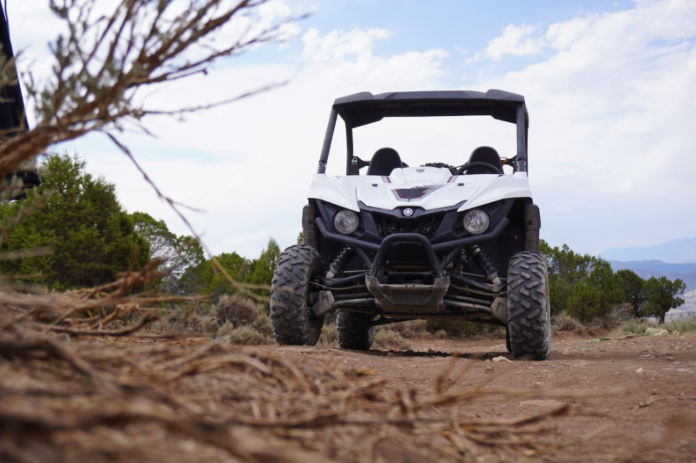UTVs are different than cars in many ways. Financing is one big difference. They are considered recreational vehicles, and lenders often do not extend credit to them.
Make sure the person you are purchasing from has a good credit history. Inquire about the service history of the UTV. A well-kept service book is a sign of a responsible owner.
Size
A UTV, a side-by-side (SxS) or utility task vehicle, is larger than an ATV and offers more cargo room. They can seat two, four, or six passengers in an automobile-style bucket or bench seats and have a roll cage for protection.
The size of the best utv is important because it determines what kinds of tasks it can perform. Larger models can tackle the broader multiuse trails that were once the exclusive playground for ATVs. They also offer more storage space, ideal for hauling and towing. Storage and add-ons will affect how much a UTV weighs. This is why it’s a good idea to check your vehicle’s towing capacity before you buy one.
Weight
Depending on the model, an average UTV weighs about 1,500 pounds. This includes the weight of fuel (listed as wet or total weight).
UTVs can be great for those who want to mix fun and work. Unlike ATVs, they can haul more equipment and have more comfort features like automobile-style seats and roll bars.
They are also popular with hunters. Their large cargo areas and powerful engines make them a good choice for hauling games and setting up camp. They are also popular for power sports racing, especially desert races. They can pack a lot of power and are thrilling to drive around the race track.
Engine
The engine is the heart of a UTV and can greatly impact performance. Utility UTVs emphasize power for hauling loads or work, while sports models are designed for speed.
Diesel engines offer torque and a large horsepower range. Electric engines are becoming more popular and are quieter.
As with any off-road vehicle, the lifespan of a UTV depends on how often and intensely it’s used. A tough UTV, properly maintained, can keep you motoring around demanding terrain for thousands of miles.
Suspension
A UTV with upgraded suspension and the right shocks can improve your vehicle’s ride height and handling. It can also help you ride further on rough and rocky terrain.
Look for cracks in the chassis and roll cage, rust on the frame, and holes or tears in the suspension components. Check the coolant, too – if it looks muddy or oily, that indicates abuse.
Some sellers will try to hide what they used their UTV for or how hard they rode it. It’s important to ask questions that could reveal this information discreetly.
Tires
UTVs are usually spotted on tough terrain but can still be driven on pavement or streets. A good set of tires can make your UTV a fun and comfortable ride, even on the most mundane roads.
You need to ask yourself what type of terrain you plan to use your UTV for. For example, some tires leave you spinning in the snow, while others dream of driving on the sand.
Also, check the braking system of the UTV you want to buy. The brake pedal should feel firm and powerful. It should stop the vehicle without slamming into the road.
Safety
UTVs can be fun and safe for those who follow proper safety precautions, rules, and regulations. They’re popular among power sports enthusiasts and are often used in off-road racing competitions.
These side-by-side vehicles are designed to move over rugged terrain, and many have a cage-like structure to protect drivers and passengers. Look for a four-, five-, or six-seat model to suit your needs, and inspect the frame for any bends or signs of damage.
Check the oil to ensure it isn’t dangerously low (which can cause internal damage). Also, listen for any signs of slipping on the CVT belt, which could indicate that it’s worn out.










